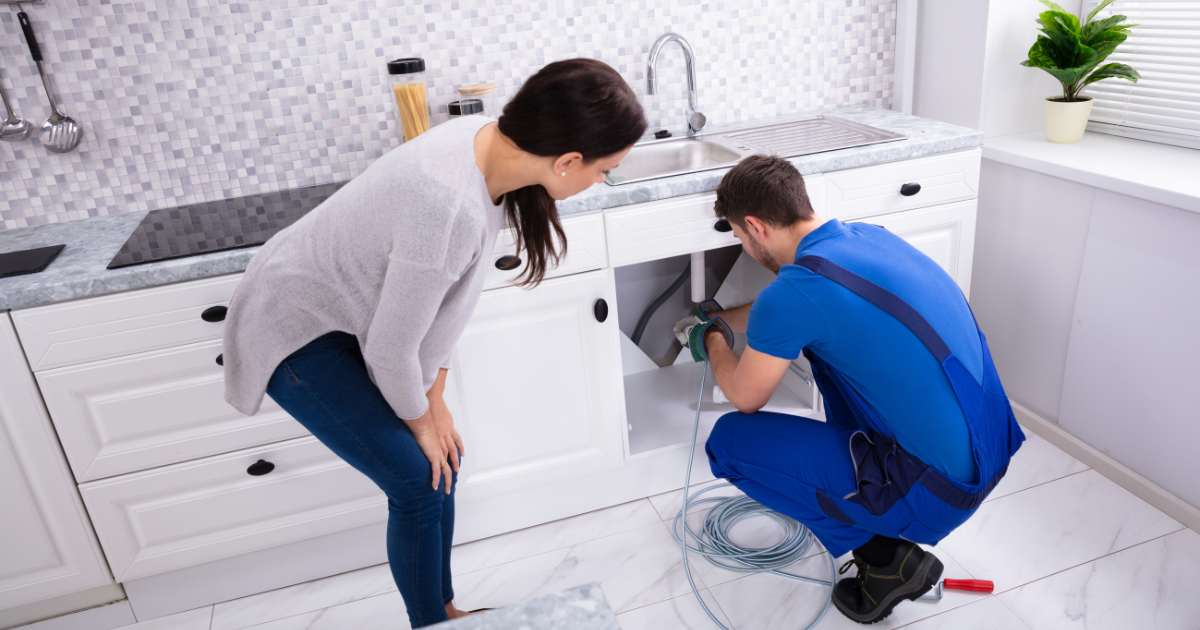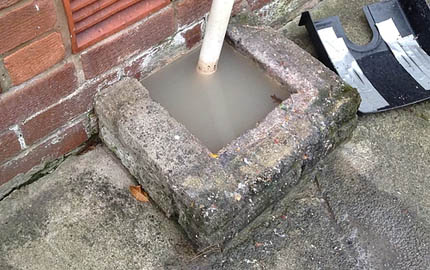Here below you'll find some reliable insight all about What I learned from trying to deal with a clogged drain.

Introduction
Managing an obstructed drain can be an aggravating experience, interrupting everyday tasks and possibly creating damages to your residential or commercial property. However, before reaching out to plumbing specialists, there are steps you can take to deal with the problem yourself. In this guide, we'll check out do it yourself options and preventive measures to take on a blocked drainpipe properly.
Identifying the Concern
The primary step in addressing a blocked drain is identifying the indications. Sluggish drainage, gurgling sounds, foul odors emanating from drains pipes, or water support up are common indications of an obstructed drainpipe. Recognizing these signs early can aid avoid even more problems.
Typical Root Causes Of Obstructed Drainpipes
Understanding the variables that contribute to drain pipes clogs is essential for reliable resolution. Common wrongdoers consist of hair, soap scum, oil, food particles, and international things like hygienic items or paper towels. Tree roots invading underground pipes can also create significant blockages.
DIY Solutions
For small clogs, a number of do it yourself remedies can be reliable. Putting boiling water down the drainpipe can help dissolve grease and debris. Sodium bicarbonate and vinegar or a combination of salt and baking soda can work as natural cleaners. Making use of a bettor or pipes serpent to displace blockages is another alternative.
Tools and Equipment
Having the right devices on hand can make DIY drainpipe cleaning a lot more effective. A plunger is a flexible device for getting rid of obstructions in sinks, toilets, and showers. A plumbing snake or auger can reach much deeper obstructions, while drainpipe cleaning chemicals can be made use of meticulously for persistent blockages.
Preventive Measures
To avoid future obstructions, adopting preventive measures is important. Install drainpipe guards or filters to capture hair and debris prior to they get in the pipes. On a regular basis flush drains pipes with hot water to dissolve oil buildup, and prevent taking care of grease or solid waste down the tubes.
When to Call a Specialist
While DIY services can settle small obstructions, certain indicators show the requirement for specialist aid. Persistent obstructions, foul odors regardless of cleaning up initiatives, or several drains pipes backing up all at once are warnings that call for experienced intervention.
Picking the Right Pipes Solution
When choosing a pipes service, consider elements such as experience, licensing, and client evaluations. Pick a trusted plumber with a performance history of quality handiwork and transparent rates methods.
Cost Factors to consider
The price of expert drain cleaning services can vary depending on the severity of the obstruction and the plumbing's rates. Demand quotes from numerous suppliers and inquire about any added fees to make sure transparency and avoid shocks.
Safety Precautions
When trying do it yourself drainpipe cleansing, focus on safety and security. Wear protective gloves and eyeglasses to stay clear of contact with dangerous chemicals or microorganisms. Never blend various drainpipe cleaning items, as this can create hazardous fumes.
Situation Researches
Real-life instances highlight the effectiveness of DIY remedies and the value of prompt expert intervention in resolving drain clogs.
Final thought
By adhering to the tips described in this guide, you can successfully tackle obstructed drains and stop future plumbing problems. Whether choosing do it yourself services or looking for expert help, punctual action is vital to keeping a healthy pipes system and preserving the honesty of your home.
How to Clear a Clogged Drain Yourself (And When to Call In the Professionals)
What Can Clog a Drain
Dirt Skin flakes Hair Grease Soap scum Food Offset pipes Tree roots Small objects Mineral buildup DIY Tricks to Unclog a Drain
You can fix this! Once you have identified the source of the clog (or have a vague idea), you can try one or a combination of these fixes in order to clear your plumbing.
Wire Hanger or Snake
Untangle and clear out hair from a drainpipe with a homemade snake. Use a straightened-out wire hanger with a 90-degree angle hook to locate the clog and drag out any unwanted material.
Remember not to push the clog further down to where the wire hanger cannot reach! If you need to follow up with a plunger, give it a try. Your efforts might be more successful after it’s been wire-snaked.
If you want to get fancy and don’t have a wire hanger to spare, head to the store and pick up a hand-operated drain snake. You can get one for $10-$30. It may save you the hassle, and provide additional length to reach deep into the clogged pipe.
Plunger
A cup plunger has a suction cup attached to a wooden handle. The rubber creates a seal around the drain, and increases the pressure force of the plunger.
Plunge for 30-second increments to loosen the clog. This may need to be repeated over the course of 15-20 minutes. Once plunged, run the water to flush the remaining material out of the drain.
Remember– never use a plunger if you have used a chemical drain cleaner. These chemicals can splash up from the force of the plunger and cause serious injury or burns.
Boiling Water
Hot water can sometimes break up materials into a flushable amount. Dirt, grease, and soap buildup requires heat in order to unstick from surfaces.
Take your kitchen kettle and heat your water to a boil. Once it reaches a rolling boil, pour it directly down the drain into the blockage. Carefully follow with plunging, if necessary.
Don’t worry if this takes more than one try! It can often take multiple kettles and repeated plunging in order to clear a particularly stubborn clog.
Chemical Drain Cleaner
As a last resort, pick up a bottle of chemical drain cleaner. Drain-cleaning chemicals are potent, and not very good for the environment.
You may need to wear protective eyewear in gloves before handling your bottle of chemical drain cleaner. Follow the instructions printed on the bottle, and flush with water as soon as the instructions allow. Do not follow with plunging.
Baking Soda and Vinegar
As a safer alternative to chemical drain cleaner, baking soda and vinegar can create a chemical reaction that clears tough clogs.
Combine one cup of cleaning vinegar with one cup of boiling water, and set aside. Once you have done this, pour half a cup of baking soda down the drain. Give the baking thirty seconds to settle and cover a large portion of the problem drain.
Following the baking soda, pour down your vinegar and hot water solution. Once the vinegar and baking soda combine, the mixture will bubble and fix. Let this reaction fizzle in the drain for about an hour.
After an hour, follow with a kettle’s worth of hot water. The heat and liquid should flush out any remaining material.
When to Call a Plumber
If your DIY attempts haven’t cleared your clog drain, it’s time to call in a professional. It’s not worth losing access to your kitchen sink or high-traffic bathroom. A clog in a vital area can keep you from the things you’d rather be doing, and derail your routine.
Anytime a clog is causing water to spread is a time to call in a plumbing service. What starts out as a little bit of water can quickly grow into serious, expensive water damage.
Additionally, a serious clog can result in burst pipes or serious leaks. Make sure you know when to take it seriously!
https://myguysnow.com/how-to-clear-a-clogged-drain-yourself-and-when-to-call-in-the-professionals/

Do you like more info about Tips for Dealing with Clogged Drains and Sewer Lines? Place a comment below. We would be happy to find out your views about this page. Hoping that you visit us again in the near future. Appreciated our blog entry? Please share it. Let others find it. Thank-you for taking the time to read it.
Learn More